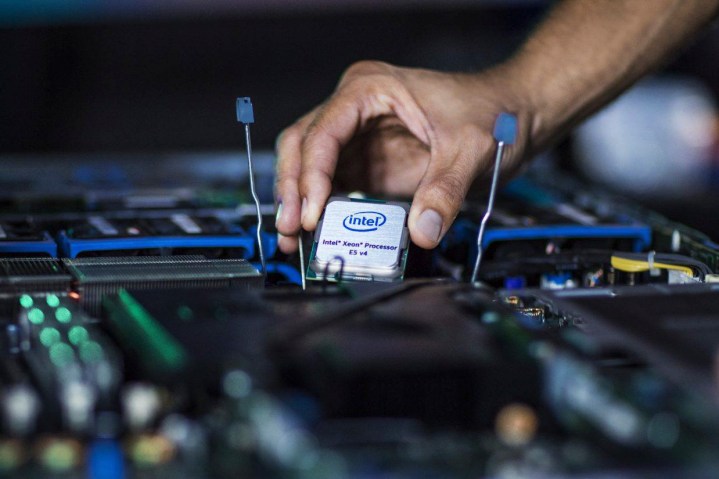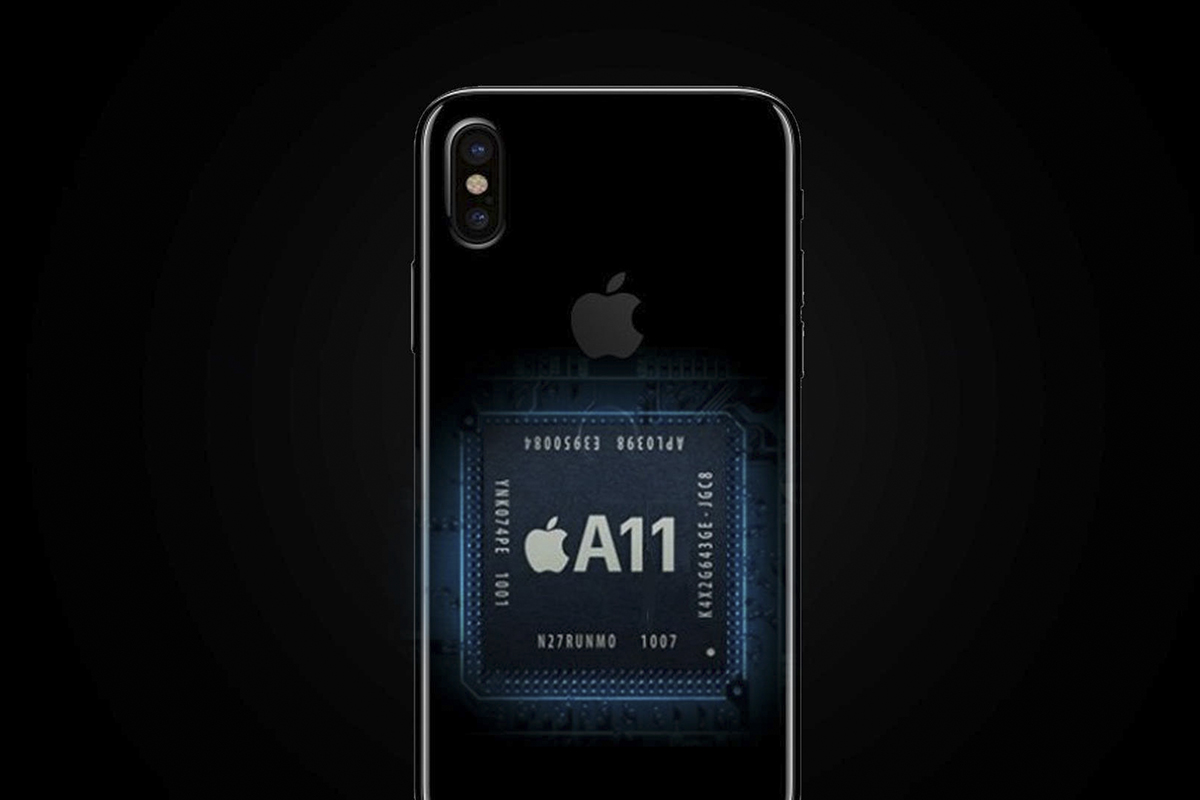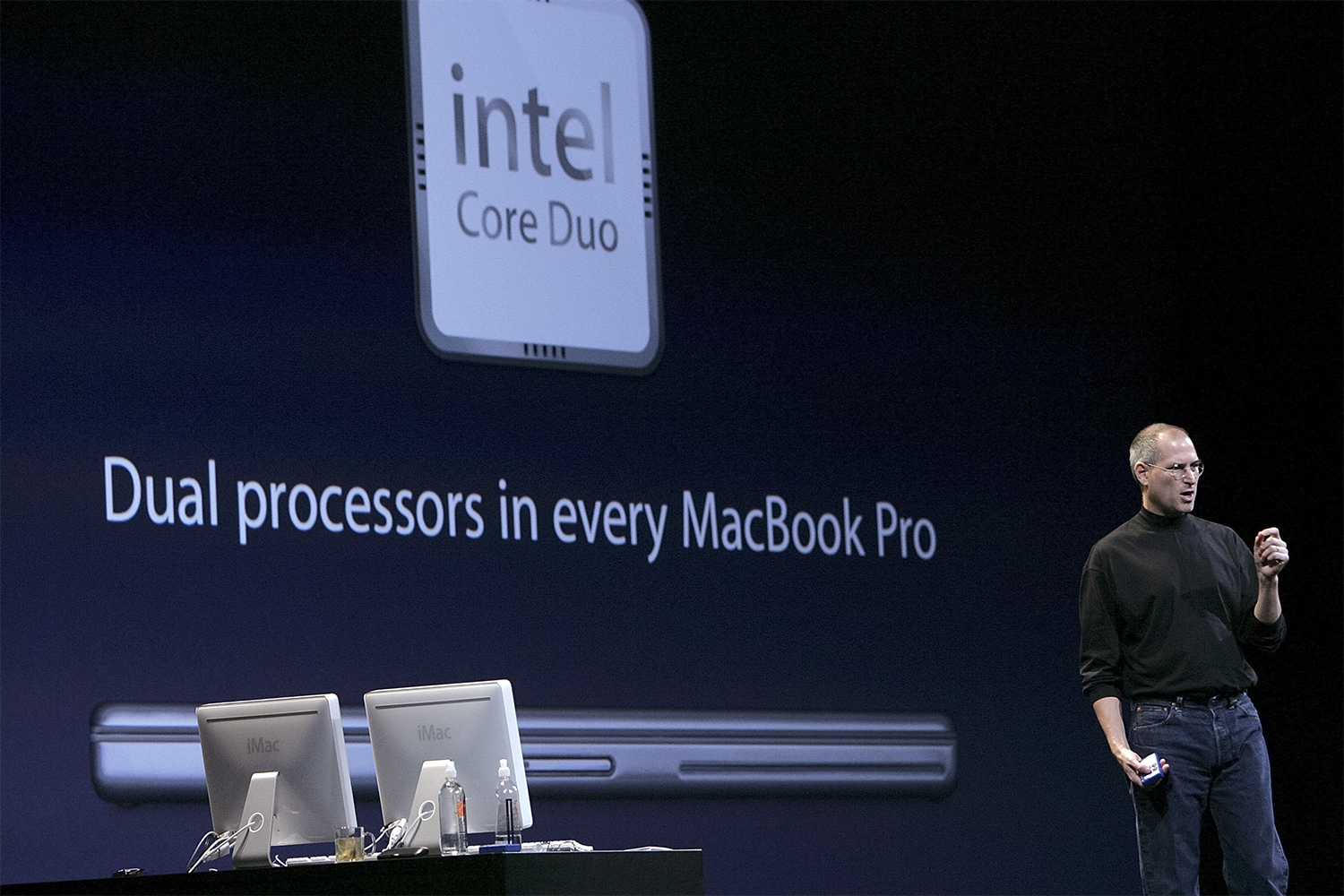
When’s the last time you saw a laptop without an Intel chip in it? It’s likely been a while — if ever. That doesn’t sound like the end of the world, but when one company completely dominates a market innovation is stifled, prices remain high, and the average person ends up losing out.
Despite Intel’s reign, a few companies are making some headway that could pave the way for competition in the processor world. Intel’s processors are certainly fast, but it’d be nice to have a meaningful choice between chips when buying a new laptop.
Qualcomm makes its move
Intel famously missed the boat on mobile, often seen as the biggest mistake in the company’s storied history. That offered room for Qualcomm to rise as a leader in smartphone hardware, supplying the SoC (System on Chip) for nearly every Android smartphone in existence. The company now has chance to transition into the PC space. This year introduced the first generation of Windows 10 PCs powered by Qualcomm smartphone chips, including the HP Envy x2, Lenovo Miix 630, and Asus NovaGo.
Throughout the 90s, Apple computers were run by PowerPC, an alliance of IBM, Apple, and Motorola.
This new platform for Windows PCs is a partnership with Microsoft called “Always Connected PCs.” The name doesn’t exactly roll off the tongue, but the proposition was something new and attractive. Make laptops more like smartphones by greatly expanding battery life and including built-in LTE connection.
With those boxes checked, your 2-in-1 could be used on the bus, in a park, and anywhere else you might not have a connection to electricity or Wi-Fi.
Battery life and connectivity are incredibly important to anyone buying a laptop. You might not be interested in the current selection of less-capable Always Connected PCs, which is rather slim — but with a new generation already announced on a more efficient chipset, we’ll likely see more choices appear over the remainder of 2018.
Behind the scenes, Apple plans its escape
If you’re a Mac user, you might be aware of Apple’s long history with Intel. MacBooks and iMacs have all used Intel chips for over ten years now — and for the most part, that’s been a positive thing. However, it’s not likely to last forever.
Apple hasn’t always used Intel. All throughout the 90s until 2006, Apple computers were run by PowerPC, an alliance of IBM, Apple, and Motorola that used a completely different CPU architecture than Intel’s popular x86. PowerPC always struggled to keep up with Intel, which ultimately led to its demise.
But things have changed. Apple isn’t the same company it was in the 90s. Today it has a massive infrastructure for engineering and implementing its own processors for the iPhone, iPad, and other devices. The in-house chips designed by Apple have proven incredibly effective, outpacing all peers and giving the company’s mobile hardware a performance edge. When the iPhone X came out, it’s A11 bionic chip performed twice as well in benchmarks as its biggest competitor, the Qualcomm-powered Samsung Galaxy S9.
This year, AMD showed off a 32-core processor called Threadripper 2 that smashes anything Intel offers (or pretends to offer).
Recent reports hint Apple is looking to move MacBooks processors back under its own jurisdiction, and perhaps even into Intel’s backyard – Portland, Oregon. Apple has quietly opened its own engineering lab and is rumored to be poaching Intel employees. Though there’s been no official confirmation about a new project, it’s not hard to imagine what Apple has planned for the future of its computers.
Apple is a company that always wants more control of its product, especially in hardware. We wouldn’t be surprised if Apple decides to develop and implement its own CPUs for the Mac. It may not have worked for the company in the 1990s, but with experience in mobile processors under its belt, the company has a serious shot at removing Intel from its products altogether.
AMD is always a looming threat
While AMD still struggles to find homes for its high-powered processors, you can’t discount the progress the company has made in the past year. At Computex this year, the company showed off a 32-core processor called Threadripper 2 that smashes anything Intel offers (or pretends to offer). With AMD on top in the speed race, the company is starting to build some momentum in changing people’s perception of the rivalry.
AMD can’t take on Intel alone, but with the pressure added by Qualcomm and Apple, some serious competition may about to be injected into our computers over the next few years — and that’s a good thing for you.







